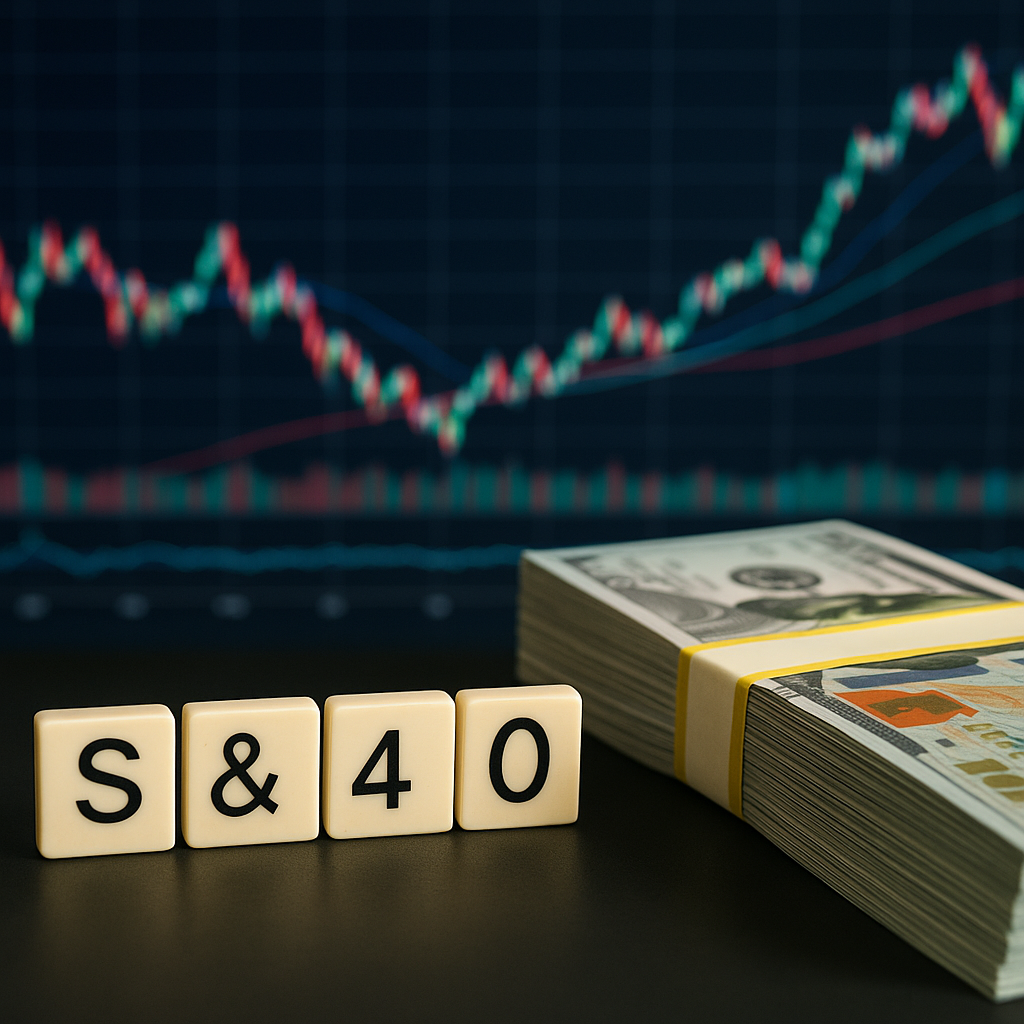Global markets are entering a phase of heightened tension as investors push deeper into risk assets just as economic indicators show signs of fragility. Momentum has been building across equities, commodities, and alternative assets, fueled by optimism around potential rate cuts and hopes of an AI-driven productivity lift. Yet beneath this upbeat surface, seasoned investors are sounding alarms—and the latest data from Bank of America suggests the rally may be running out of steam faster than many think.
Investors Are All-In—Perhaps Too Much
Bank of America’s November Global Fund Manager Survey, cited by Reuters, reveals a striking shift: cash levels among global fund managers have fallen to just 3.7%, marking one of the lowest levels in years. Historically, when cash levels fall below 4%, BofA considers it a contrarian “sell signal”, warning of market overextension. The surge in equity and commodity allocations—two of the highest-beta corners of the market—indicates investors have become aggressively bullish, even as macro uncertainties persist.
This rush into risk assets is occurring at a moment when policymakers are navigating uneven inflation data, slowing global manufacturing activity, and geopolitical headwinds. Yet sentiment appears untethered from those realities. According to recent commentary highlighted in Bloomberg and Financial Times coverage, a number of analysts view the shift as less about fundamentals and more about a fear of missing out on perceived year-end upside.
Why This Matters for Investors
Markets typically peak when optimism is strongest, positioning is stretched, and hedging activity drops to minimal levels—all of which appear increasingly present today. The BofA survey findings add to a growing list of signals that investor euphoria may be overshadowing risks. With many asset managers rotating from cash into equities, the margin for error is tightening. Any negative macro surprise—such as delayed rate cuts, weaker consumer data, or geopolitical tensions—could rapidly unwind recent gains.
Moreover, elevated valuations across tech and AI-related sectors leave little room for disappointment. The recent surge in mega-cap stocks has been a key driver of major index performance. But as multiple analysts from firms like Morgan Stanley and JPMorgan have argued in recent weeks, concentration risk is growing. If these leaders falter, broader indices could retreat sharply.
The Mechanics Behind the ‘Sell Signal’
Bank of America’s contrarian model is well known on Wall Street. When cash levels drop too low, it typically means investors have deployed most available liquidity. Historically, these periods correlate with market peaks or short-term corrections. For instance, in previous cycles—such as 2018, late 2021, and mid-2023—sub-4% cash readings preceded significant volatility within weeks.
This doesn’t guarantee an imminent downturn, but it adds weight to other warning signs:
- Volatility indices remain unusually low.
- High-yield credit spreads have tightened rapidly.
- Retail investor inflows into equities have surged across social platforms, according to analytics tracked by platforms like Vanda Research.
- Corporate earnings forecasts remain optimistic despite weakening economic softness.
With so many investors positioned for upside, even minor setbacks could spark profit-taking and accelerate a short-term pullback.
Future Trends to Watch
Several catalysts could shape market direction over the next one to three months:
1. Central Bank Signaling
The Federal Reserve’s upcoming communications will be crucial. Delays or softening of rate-cut expectations may challenge the current bullish narrative.
2. Global Growth Data
Indicators from the U.S., China, and Europe—including PMI figures, consumer spending data, and industrial output—will determine whether optimism is justified.
3. Earnings Guidance
As companies issue updated forecasts, watch closely for commentary on margin pressure, wage costs, and demand outlook—especially in tech, consumer discretionary, and industrials.
4. Commodity Price Swings
Surging allocations to commodities mean volatility in oil, copper, and precious metals could have outsized impact. Any supply disruptions or unexpected demand shocks could shift sentiment rapidly.
5. Shifts in Retail and Social Sentiment
Social media-driven trading has been strong in recent weeks. Should sentiment turn, the retreat could be just as sharp as the rise.
Key Investment Insight
With cash levels hitting historic lows and risk appetite near cycle highs, investors may want to reassess exposure to high-beta sectors, particularly tech, small caps, and speculative growth names. Consider introducing hedges, increasing diversification across defensive sectors like utilities or healthcare, or gradually rebuilding modest cash buffers. Maintaining balance between growth opportunities and downside protection is essential in stretched market conditions.
Stay Ahead of Market Moves
For investors navigating an increasingly complex and sentiment-driven landscape, timely information is everything. Keep following MoneyNews.Today for daily insights, breaking market developments, and data-backed analysis you can trust as markets brace for their next major move.





